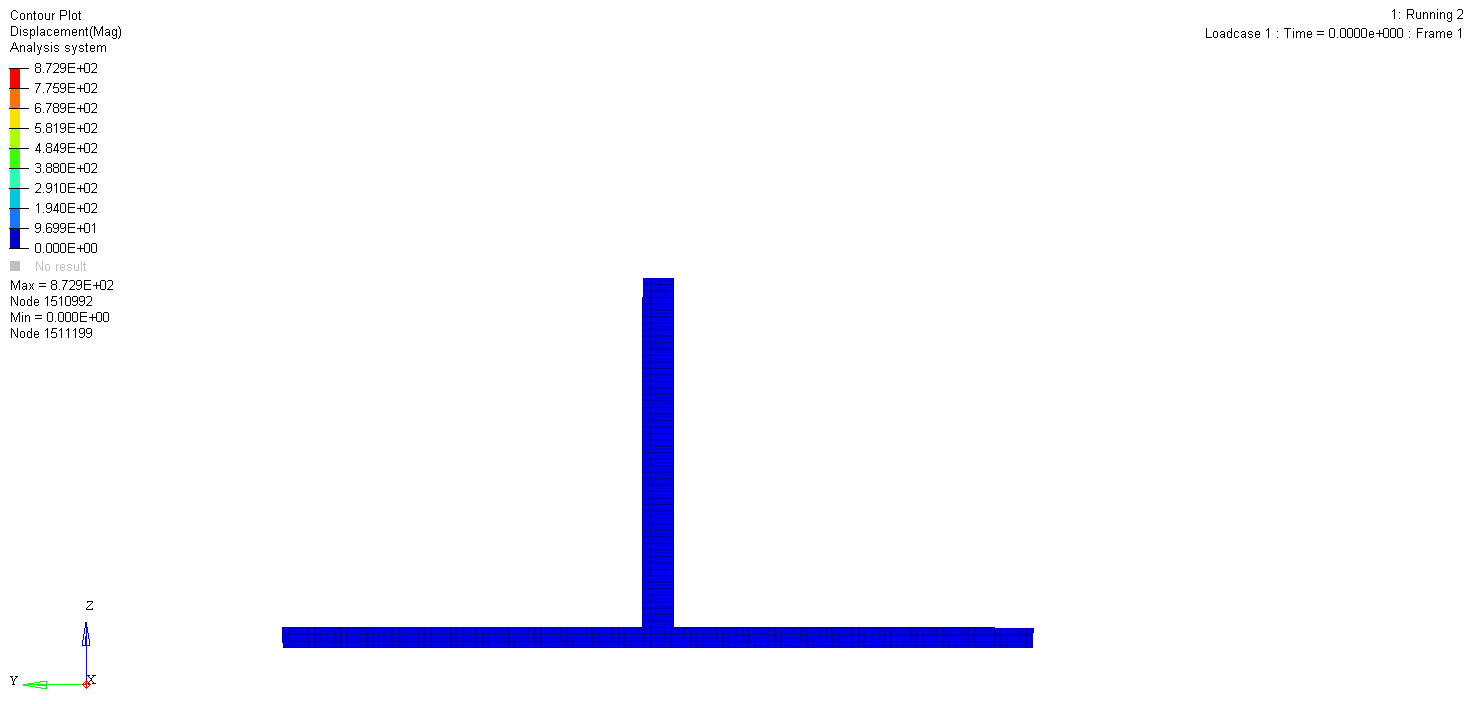Good morning ladies and gentlemen.
My name is Yogi Adi Wijaya, and I am an academic students from Bandung, Indonesia.
I have tried a simulation about T-joint plate test using Quasi-Static loading (using RADIOSS). But, the result in HyperView show that the structure is not broken as in experimental testing (similar with tensile test). How could this happen?
I need answers from all of you, and I hope that this problem could be solved. Thank you very much.
Regards,
Yogi Adi Wijaya
![]()
![]()
![]()
<?xml version="1.0" encoding="UTF-8"?>